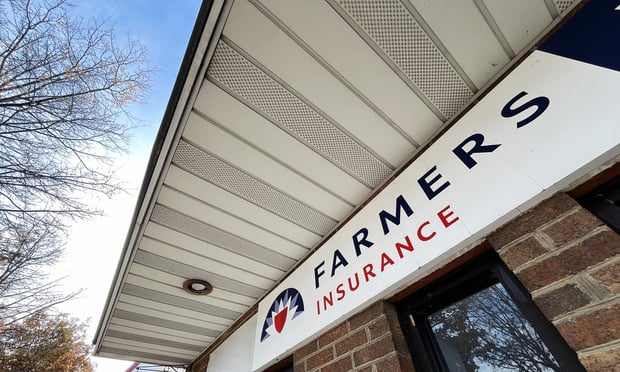Cargo theft isn't a headline-grabbing issue, but it is a costly threat to businesses. Unfortunately, the chance of cargo theft happening isn't contingent on the type of products being transported. Thieves target goods that not only have real intrinsic value, but also those that can be easily sold on the gray or black market. Although consumer electronics, designer apparel, wine and spirits, pharmaceuticals and others are recognized as high-risk products, there is a wide array of merchandise that is regularly stolen.
To best protect cargo in transit, businesses should implement solutions that combine physical and procedural controls. They should also apply a layered approach to cargo loss control that incorporates four key components:
- Threat, to identify potential adverse events
- Vulnerability, to identify weaknesses in processes and procedures
- Criticality, to identify and evaluate important operations and assets
- Risk, to determine the likelihood, severity and impact of an adverse event
 When developing a comprehensive risk management plan, several areas should be addressed, including but not limited to:
When developing a comprehensive risk management plan, several areas should be addressed, including but not limited to:
- Select a carrier or transportation provider that is reputable, provides real-time tracking of shipments, and has an established and viable method of tracing and locating missing shipments.
- Use new, well-constructed packaging materials with features that can indicate whether tampering occurs during transportation.
- Set practical size and monetary limits on shipments in transit to minimize the financial and operational impact of any loss and require documented accountability every time the shipment changes hands during transit.
- Select storage facilities with established emergency plans that address all natural disasters such as earthquakes, floods and windstorms, and ensure storage facilities are located in an area that is not surrounded by hazardous operations.
- Require storage facilities to be guarded by qualified security personnel on a 24/7 basis, and all entrances/exits (even at roof level) should be protected by motion detectors, alarms and surveillance cameras.
- Check all dropped/staged containers and trailers at least once every four hours; inspections should be conducted at different times to avoid establishing a pattern. High-value loads should be positioned in areas that are under constant supervision.
- Keep all shipment documentation confidential, including bills of lading and delivery receipts.
- Require all employees of the storage facility, including temporary, seasonal and contract maintenance staff, to go through comprehensive pre-employment screening with a background check, including driving, criminal and credit reviews.
- Always involve your logistics, security, risk manager and other relevant professionals in the development and implementation of cargo/transit security practices.
By proactively taking steps to prepare and protect cargo, and working with suppliers to ensure appropriate procedures are followed, businesses may be able to minimize the frequency and severity of their future losses.
Download Chubb's full advisory, “Cargo Tips: Securing Cargo in Transit” for detailed guidelines on how businesses can help protect their goods in transit. Developed by Chubb's risk management specialists, the advisory also includes special recommendations for drivers to help mitigate the risk of hijacking-related losses.
Chubb is the marketing name used to refer to subsidiaries of Chubb Limited providing insurance, risk management and related services. Operators and insureds are responsible for safety and risk control. Chubb is not responsible for ensuring the safety or risk control of any operation, and we are not required to make any inspections of any operations, although we may exercise our right to do so from time to time under the terms and conditions of our insurance policies. This summary is for informational purposes only. We hereby disclaim any obligation to oversee or monitor any facility's or insured's adherence to any guidance or practices set out in this document, or to any other required or otherwise reasonable safety and risk control practices. This document is an overview only, and is not intended as a substitute for consultation with your insurance broker, or for legal, engineering or other professional advice.
Want to continue reading?
Become a Free PropertyCasualty360 Digital Reader
Your access to unlimited PropertyCasualty360 content isn’t changing.
Once you are an ALM digital member, you’ll receive:
- Breaking insurance news and analysis, on-site and via our newsletters and custom alerts
- Weekly Insurance Speak podcast featuring exclusive interviews with industry leaders
- Educational webcasts, white papers, and ebooks from industry thought leaders
- Critical converage of the employee benefits and financial advisory markets on our other ALM sites, BenefitsPRO and ThinkAdvisor
Already have an account? Sign In Now
© 2024 ALM Global, LLC, All Rights Reserved. Request academic re-use from www.copyright.com. All other uses, submit a request to [email protected]. For more information visit Asset & Logo Licensing.








